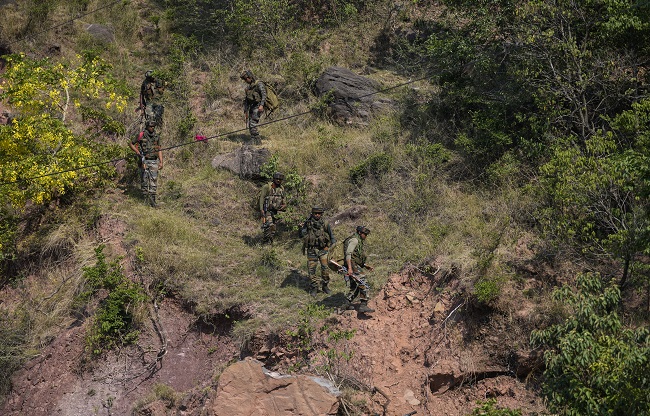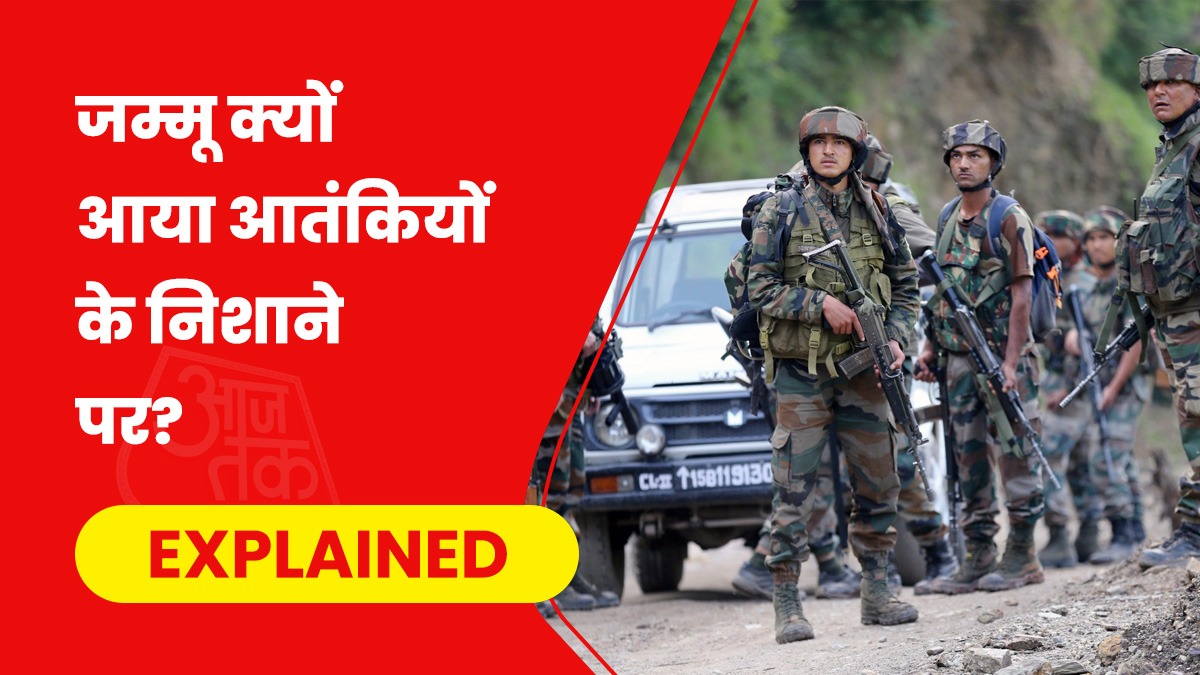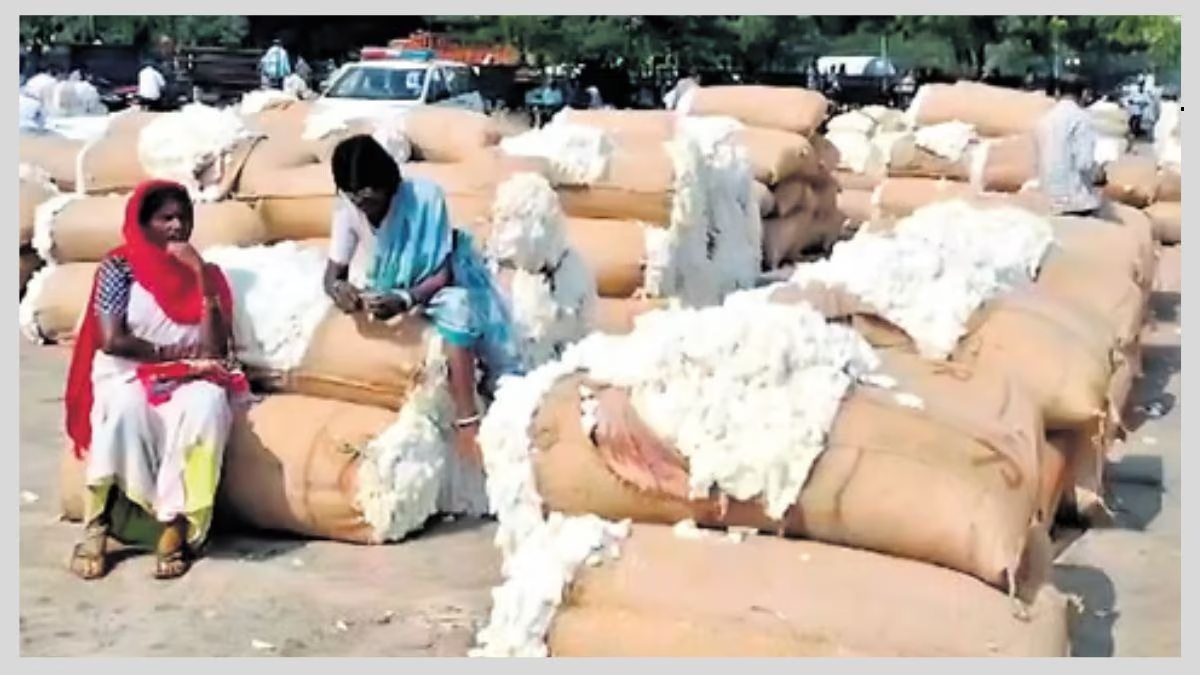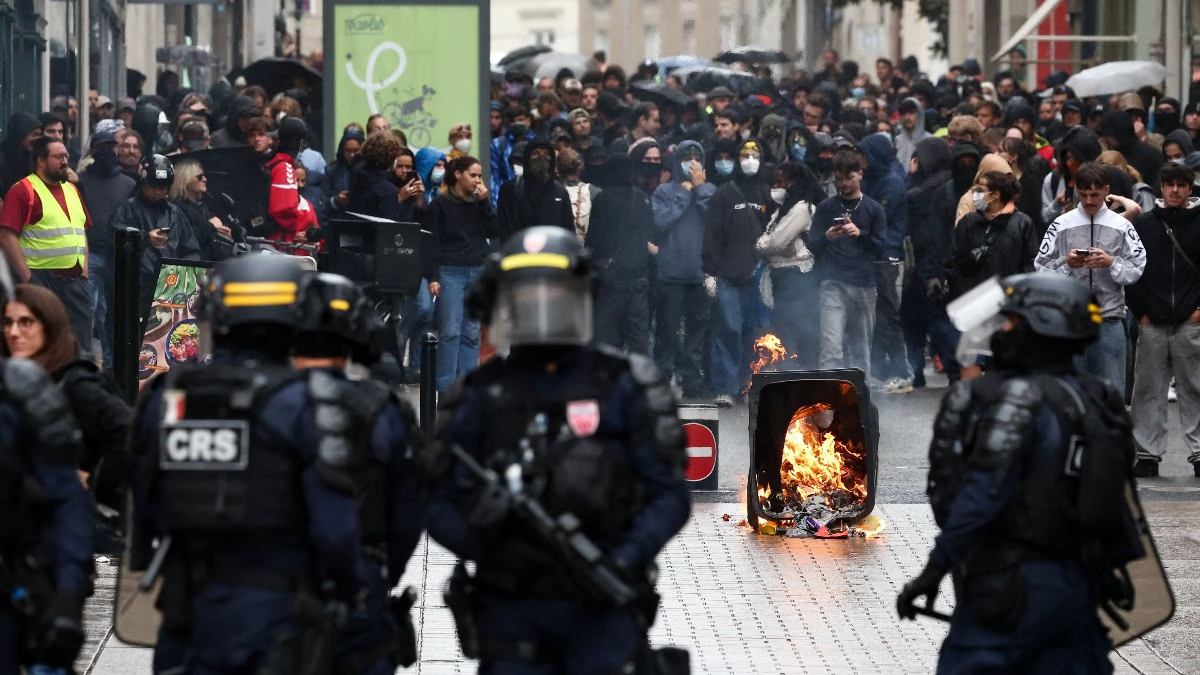Significant changes are happening in Jammu and Kashmir post the abrogation of Article 370. There had been a period of peace, but in recent months, tensions have shifted. Kashmir remains relatively calm, but Jammu is getting marked as terrorists' new haunt. They're attacking civilians, pilgrims, and now, with deadly ambushes, the military. The latest strike occurred in Kathua, an area that used to shelter terrorists even during the tumultuous '90s. But what's drawing terrorists to eye Jammu once again?
What unfolded in the latest attack?
The ambush unfolded on a Monday afternoon in the Machhedi-Kindli-Malhar road area of Kathua, around one hundred and twenty-five kilometers from the district headquarters. Terrorists rained grenades on an army vehicle during its regular patrol before disappearing into the dense forests nearby. The horrific attack resulted in five soldiers laying down their lives, with several others wounded.
Surprising details emerged following the attack. It's believed that the terrorists were guided by a local informant; otherwise, escaping the scene undetected would've been unlikely. The group claiming responsibility for the atrocity is the Kashmir Tigers – a proxy organization working for Jaish-e-Mohammed. They are speculated to be remnants of a seven-member terrorist group, three of whom were neutralized by security forces in Doda.

Source: aajtak
Why is Kathua becoming a target?
Kathua was a significant terrorist hideout during the '90s, from where they orchestrated attacks across Jammu and Kashmir. Again, we see disturbing patterns resurging. The district's landscape is such that it's easy to hide and evade capture, as recent events prove. Its dense jungles provide the perfect cover after carrying out attacks.
Geography also plays a pivotal role. Kathua shares its borders with Pakistan, Himachal Pradesh, and Punjab; it also connects to Udhampur, Samba, and Doda districts. Back in the '90s, it was strategically important for security forces to establish bases here to curb terrorist movements.
Notable incidents in the district
The recent Kathua attack is another significant strike in the area. On June 11, two terrorists were neutralized in Hiranagar, including a security personnel. Within a month, Jammu witnessed seven attacks, starting from June 9 when terrorists targeted a bus of pilgrims in Reasi. Following this, another attack occurred in Hiranagar and then two in Doda on June 12, and the pattern repeated on June 26.
Over 40 attacks in Jammu last year
It's evident that while Kashmir might have peace, the terrorists are circling Jammu. Following Article 370's revocation, security forces have been heavily deployed in the valley, rendering it tough for insurgents to penetrate. This might explain why Pakistani-based terrorists are setting their sights on Jammu. In fact, last year, Jammu faced 43 terror attacks.

Source: aajtak
Terrorist activity spikes during the monsoon!
The monsoon season turns sensitive for security as heavy rains disrupt monitoring systems. According to a report from India Today, downpours can weaken or damage mechanisms like fencing and infrared lights, giving terrorists the advantage to create havoc across borders.
Demographics could also play a part
In contrast to Kashmir, Jammu's demographic balance skews 60:40 between Hindus and Muslims, potentially making it a deliberate terrorist target to instigate communal tensions and riots, thereby facilitating their own movements.
Upcoming legislative elections
For the first time since Article 370's removal, Jammu and Kashmir will soon hold legislative elections. Terrorist factions seek to disrupt this by sowing instability and fear, impacting both political structures and the emotions of the populace.
Jammu's sprawling reach and complicated structure have been exploited by Pakistan-based terrorists. Previously, they used the region to ferry operatives across the border using tunnels. The advent of drones has escalated the severity, with arms introductions being a new hurdle.

Source: aajtak
The sudden spike in violence in Jammu could be connected to the mystifying killings of cross-border terrorists by secret assailants. Notably, ISI affiliate Aamir Hamza was shot dead, a figure involved in the 2018 Sunjwan camp attack in Jammu. This has likely fueled further aggression from Pakistan.
Security forces remain vigilant, but the geographical quirks of Jammu pose a new set of challenges. It's why checkpoints are being established even in the densest jungles, where foot traffic is rare.
Which factions are active
Multiple terrorist factions are now active in the valley, many of which appeared recently and claim independence. These include TRF, Jammu Kashmir Gazwa Force, Kashmir Tigers, and the People's Anti-Fascist Front. TRF surfaced post Article 370's abrogation and initially began online. The Indian Express reports that after six months of online activity, TRF was seen in the association with other prominent terrorist outfits. Moreover, TRF is identified as a proxy for Jaish-e-Mohammed.




